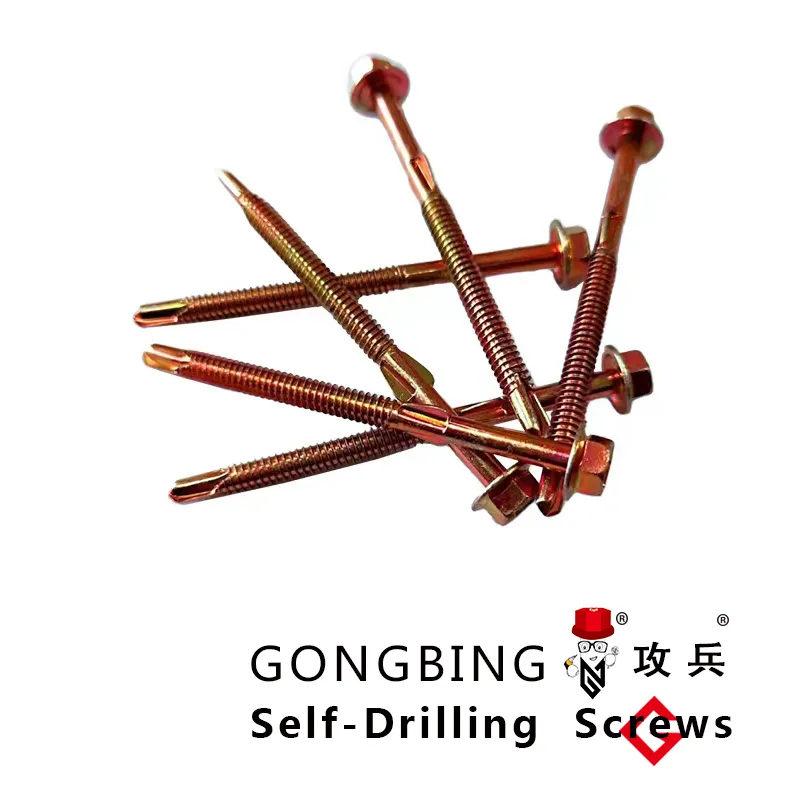Overview of Standard Shear Stud Dimensions and Specifications for Construction Applications
Understanding Standard Shear Stud Sizes An Essential Guide
In the construction and engineering fields, shear studs play a critical role in ensuring the integrity and stability of composite structures. These elements are often used in the connection between steel beams and concrete slabs, providing a robust bond that enhances load-bearing capabilities. This article will delve into the various standard shear stud sizes, their specifications, applications, and the importance of choosing the correct size for specific projects.
What Are Shear Studs?
Shear studs are cylindrical steel pins that are welded to the top flange of steel beams before the concrete is poured. They allow for the transfer of shear forces between the concrete and steel, facilitating the composite action of both materials. This composite behavior significantly increases the overall strength and efficiency of the structure.
Standard Sizes of Shear Studs
The size of shear studs can vary based on the requirements of the project and the specifications set by building codes and standards. In general, shear studs are available in several standard diameters and lengths, typically ranging from 10 mm to 22 mm in diameter, and can be cut to a desired height to accommodate different concrete slab depths.
- Diameter The most common diameters for shear studs are 10 mm, 13 mm, 16 mm, and 22 mm. The diameter chosen often depends on the amount of shear load expected in the application. - Length The length of shear studs is usually determined by the thickness of the concrete slab they are meant to support. Standard lengths can range from 50 mm to 200 mm, allowing for adjustments based on design requirements.
Selection of Shear Stud Sizes
Selecting the appropriate size of shear studs is crucial for the structural integrity of a construction project. Engineers and designers must consider several factors, including
1. Load Requirements The anticipated loads (including dead and live loads) the structure will bear must be assessed. Larger loads may necessitate larger or more numerous shear studs to ensure adequate performance.
standard shear stud sizes

2. Concrete Thickness The thickness of the concrete slab will directly affect the length of the shear studs required for effective bonding. For thicker slabs, longer studs are needed.
3. Building Codes Compliance with local building codes and standards is mandatory. These codes outline the minimum requirements for shear stud sizes based on structural design parameters.
4. Environmental Conditions In areas prone to extreme weather conditions or seismic activity, additional calculations may be needed to select the appropriate shear stud sizes that can withstand these forces.
Applications of Shear Studs
Shear studs are predominantly used in the construction of high-rise buildings, bridges, and parking garages where composite action between concrete and steel is essential. They are also vital in applications such as
- Industrial Structures Large warehouses and manufacturing facilities often utilize shear studs for their strength and durability. - Infrastructure Projects Bridges and overpasses leverage shear studs to manage the substantial loads they encounter over their lifetime.
- Residential Buildings In multifamily residential units, shear studs contribute to the overall stability of the structure, especially in areas with strict seismic codes.
Conclusion
Understanding standard shear stud sizes is fundamental to successful construction and engineering practices. By selecting the correct size and type of shear stud for a given project, engineers can ensure that structures maintain their integrity while effectively managing loads. It is essential for professionals in the field to stay updated on industry standards, codes, and best practices to enhance the safety and efficiency of their designs. As construction technology continues to advance, the role of shear studs in composite structures will undoubtedly remain a crucial element of structural engineering.
-
Weatherproof Plastic Expansion Anchors for OutdoorNewsJun.06,2025
-
Sustainability in the Supply Chain: Eco-Friendly TEK Screws ProductionNewsJun.06,2025
-
Load-Bearing Capacity of External Insulation FixingsNewsJun.06,2025
-
Double Head Bolts: Enhancing Efficiency in Industrial MachineryNewsJun.06,2025
-
Corrosion Resistance in Chipboard Screws: Coatings for Wholesale DurabilityNewsJun.06,2025
-
Butterfly Toggle Bolts : Enhancing Structural ResilienceNewsJun.06,2025
